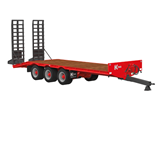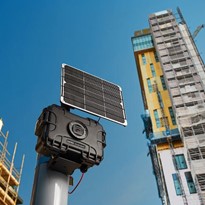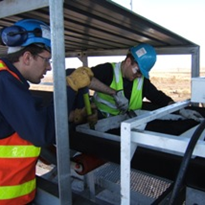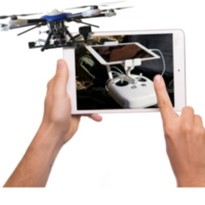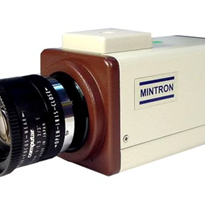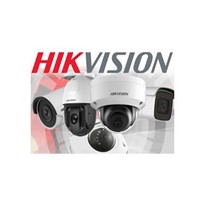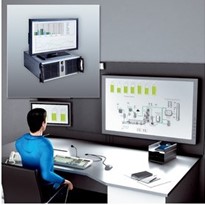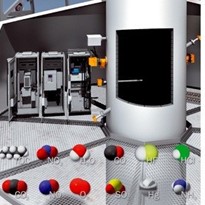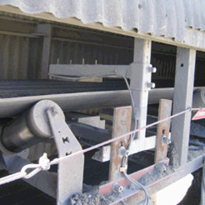Practical obstacles, especially for inspection of structures such as bridges, include the drone’s vulnerability to weather conditions and the sudden loss of GPS positioning when concrete or steel blocks satellite reception.
Drones are quickly transforming job sites, enabling companies to capture the aerial perspective more quickly and easily than ever before.
By allowing workers to remotely access hard-to-reach and dangerous terrain, inspect high-rise installations from the ground, and provide data on bridges and other infrastructure, drones are keeping workers—and the public—safer. So, it’s no surprise that risk managers and health & safety professionals are turning to drones to improve safety records and enhance the overall culture of safety.
As with any new technology, video time lapse cameras and drones also introduce a lot of benefits to support big constructions supervision works, but there are new risks when not managed well.
The most important idea is to create solutions with monitoring big areas using video time lapse cams with support of a strategic plan based on a drone program for construction monitoring, it is necessary established safety standards and risk-mitigation procedures—all while operating at maximum efficiency.
There are some checklists to do:
The most common risk-reducing use cases for drones on the job site
Standard procedures to ensure low-risk operations
Flight ops teams can collaborate for maximum safety and efficiency
Risk managers, legal, executives, and other stakeholders
With our products and services, we offer quality solutions and benefits to support project development construction and maintenance of infrastructures supervision.


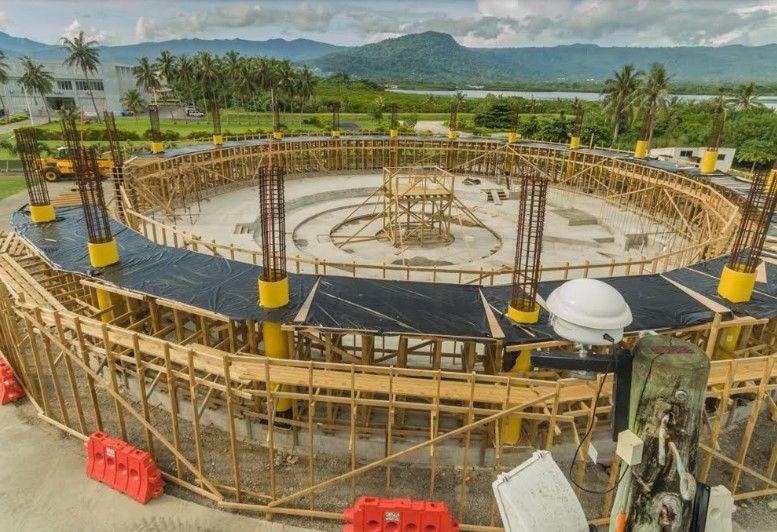

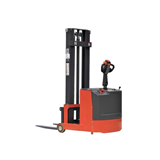
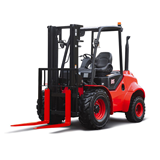


-160x160-state_article-rel-cat.png)





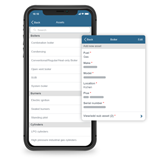

-160x160-state_article-rel-cat.png)
-160x160-state_article-rel-cat.png)



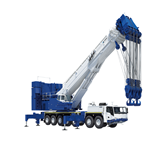
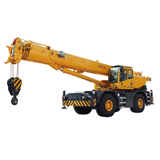
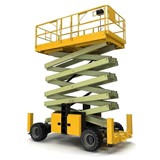

-160x160-state_article-rel-cat.png)

